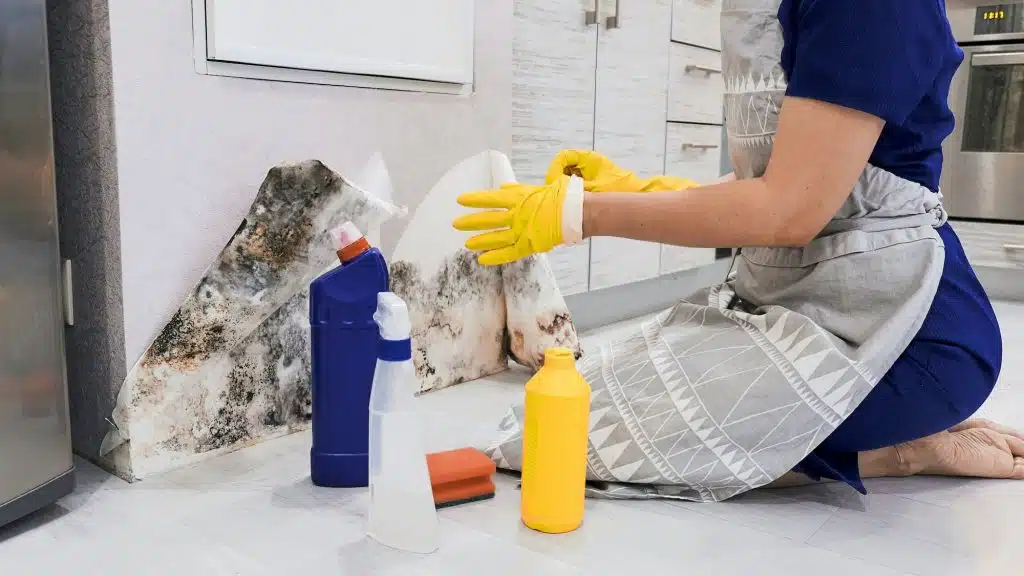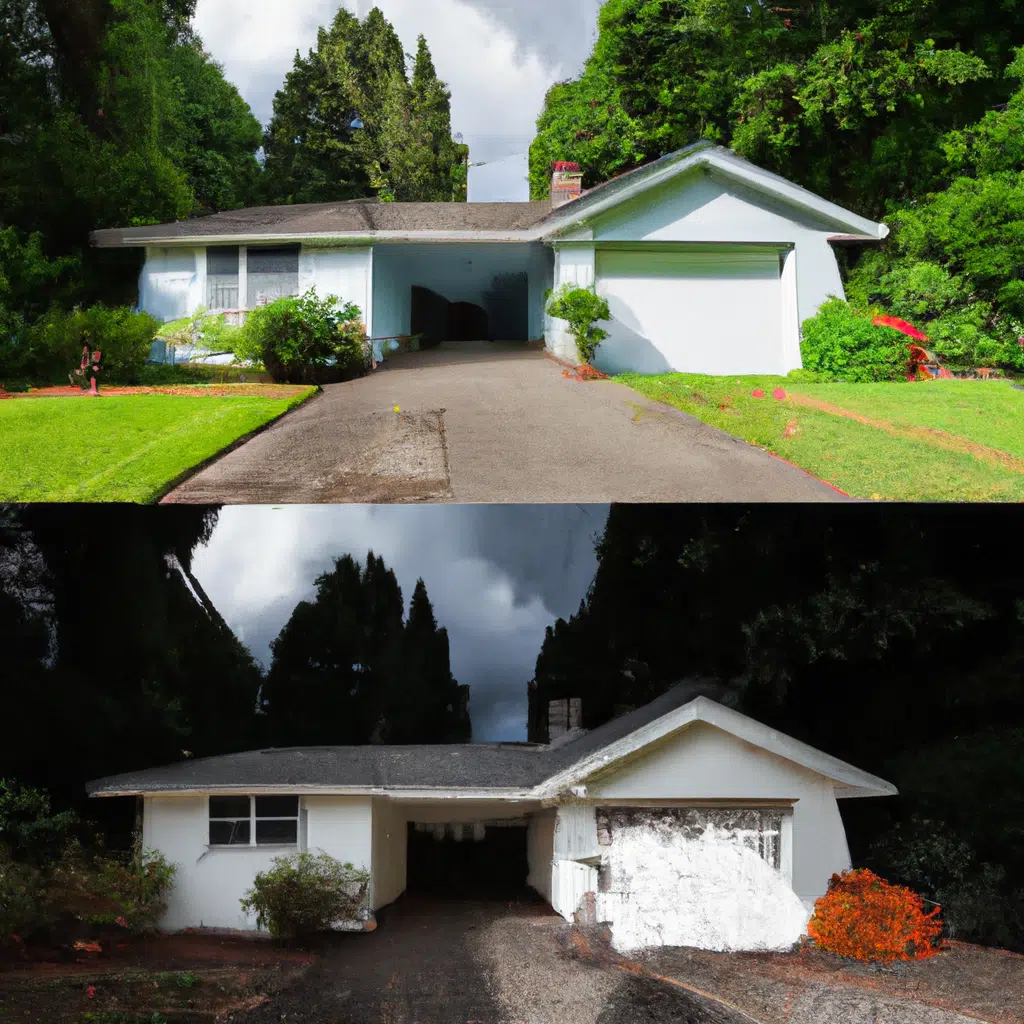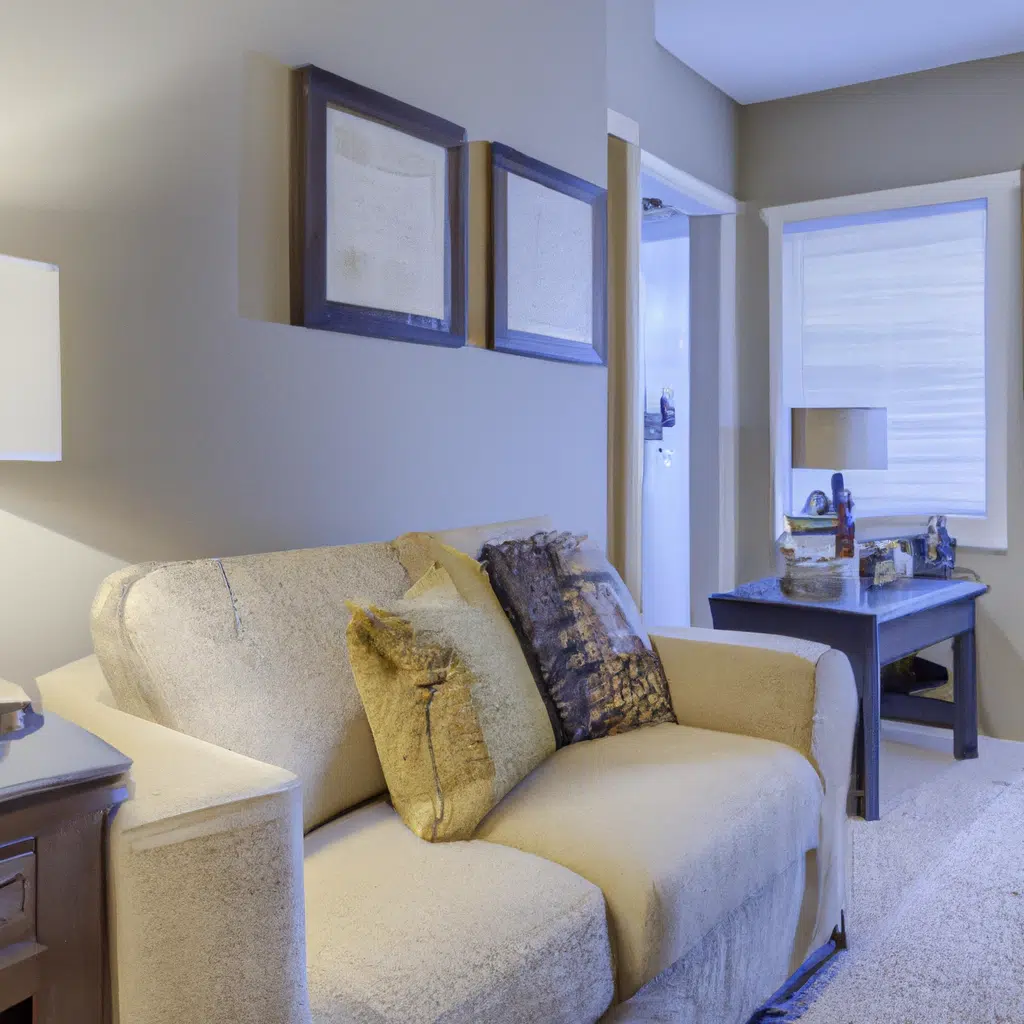How to Clean Mould Off Wood
You may wonder how to clean mould off wood. When you see mould on your wood, you might want to get rid of it as soon as possible. In this article, we will provide you with some tips to help you remove mould from your wood. We will discuss the causes of mould, what products work best for removing it, and what you can do to prevent it from coming back.
How to clean mould off wood the natural way
If you have a mold problem in your home, there are several ways to clean it off. One method is to simply use baking soda and water. This mixture works to remove mold without leaving behind a scent. You can spray the mixture on the mold, let it sit for an hour or so, and then rinse the surface with warm water.
Another way to clean mold from wood is by using a diluted bleach solution. Mixing half a cup of chlorine bleach with a cup of warm water is an effective cleaning agent for most surfaces. It’s best to apply the solution with a brush.
For heavy mold, you may want to apply a stronger solution. This can include dishwashing soap, chlorine bleach, or household cleaners with ethylene glycol. The solution should be applied with a soft-bristled brush.
In order to get the most effective results, you should also vacuum the area to clear up loose mold spores. A HEPA filter vacuum will help you remove mold spores, dust, and dirt.
When you’re ready to finish cleaning the moldy area, you can use a combination of vinegar and lemon juice. Vinegar is an acidic cleaner that is effective against over 80 percent of mold species. Lemon juice is a good disinfectant that helps eliminate the smell of the mold.
If you’re trying to remove a particularly stubborn stain or spot of mold, you can add one cup of baking soda to the vinegar. This will make a thick paste. Apply the paste to the moldy area and let it sit for five minutes. After this, wipe it away with a damp towel.
Removing mould from painted wood
There are several different ways to remove mould from painted wood. Using bleach is one option. It will kill the mold, but it can also damage the wood.
Another option is to use a bleach-water solution. This should be diluted to avoid damaging the painted wall. You can also apply a mixture of borax and water. The borax will help the solution stick to the surface of the wood and prevent it from growing again.
A strong solution of dishwashing detergent, chlorine bleach, and water is also a good option. You will need to wash and dry the area in order to get rid of the mold.
Sanding is another option. You will need to sand the moldy area until it is no longer visible. Do not sand away the surrounding areas.
You can also apply white distilled vinegar to the affected area. Vinegar is an effective way to remove mold. However, it should be sprayed on the surface and allowed to sit for about an hour. Rinse the area with a clean towel to remove the excess vinegar.
If the area has been covered with mold, you will need to wear a respirator. This is to ensure that you do not inhale the toxic spores. Wearing eye goggles is recommended as well.
In addition to wearing protective clothing, you should also wear rubber gloves. A strong fan can speed up the drying process.
Removing mould from bare wood
If you have mold growing on bare wood, you need to treat the area. You can clean the surface and remove the mold by using vinegar or mildly acidic cleaners.
You should also wear protective clothing and use an air mask. Mold spores can be dangerous if inhaled.
Wearing rubber gloves is also important to protect your hands. You can also wear an eye mask to protect your eyes from the mold.
Another option for cleaning the mold is to use a HEPA filter vacuum. This will help to remove loose spores and dirt from the surface.
Using a spray bottle of white distilled vinegar is a great way to kill mold. However, be sure to follow the directions. Using a strong solution is more effective.
A fungicidal sealant will also help to prevent future mold growth. These products are sold at many home improvement stores.
In some cases, hiring a professional is the best option. This may be necessary in extreme situations. To remove mold from bare wood, you need to clean the area thoroughly and air dry the wood.
For more serious mold infestations, you should consider hiring an expert. An experienced professional can do the job safely and effectively. After the mold has been removed, you should follow up by removing any infested furniture and other items.
You can also try to remove the mold by applying a diluted bleach mixture to the wood surface. The bleach is a good disinfectant and will kill mold on the surface.
Which products remove mould from wood?
Mold can be difficult to remove from wooden surfaces. There are several household and chemical products you can use to get rid of it.
Vinegar is a common solution that will kill the mold. Apply the solution on the moldy area and allow it to sit for a few minutes. Wipe the area with a damp cloth to remove the residue.
Hydrogen peroxide is another effective cleaner for porous surfaces. The antifungal properties will kill the mold. It can be diluted with warm water to remove the mold from wood.
Chlorine bleach is a good option for killing surface mold. However, it can damage the wood. To avoid this, use a solution that is diluted to at least a 50/50 ratio.
Using an antibacterial soap is also an effective treatment for mold. You can make your own by mixing dishwashing detergent and warm water. Rinse the soap off after you apply it to the surface.
Another option is a spray bottle of distilled white vinegar. This product can be used on most wood surfaces. Once applied, allow it to sit for an hour to see if the mold stains come off.
If you need to remove stubborn mold, you can use sandpaper. Alternatively, a professional may be able to help you. During the process, keep the surrounding areas well-ventilated to prevent the growth of more mold.
What causes mould to grow on wood?
Mold is a living organism that thrives on damp wood fibers. It can be extremely dangerous. As a result, it is vital to remove the mold as soon as possible. If it is not removed, it can cause a wide variety of health problems, including allergies, nasal congestion, and breathing problems.
There are a number of household treatments for cleaning mold. However, some can be quite toxic. Fortunately, there are other methods that are much more environmentally friendly.
A mixture of chlorine bleach and warm water is a great way to kill surface mold. However, it is important to rinse the area after applying the solution. The bleach should be diluted to avoid harming the wood.
Distilled white vinegar is another good option. This natural product can kill most types of mold.
Hydrogen peroxide has anti-fungal and anti-viral properties that make it effective for killing mold on porous surfaces. Unlike bleach, hydrogen peroxide can penetrate the surface of the wood, which makes it more effective.
Borax can also be used to remove light mold on wooden furniture. It should be mixed with warm water and sprayed on the moldy surface. Applying the borax solution should be done with a soft-bristled brush. After rinsing, the excess borax should be cleaned away with a cloth.
To prevent further growth of mold, it is important to maintain adequate ventilation in the room. Open windows can help circulate air. Also, a dehumidifier can help to dry out the area.
How can I prevent mould from returning?
If you have a mold problem on your wood, it’s important to know how to clean it off and prevent it from recurring. The best way to do this is to get rid of the source of the moisture and keep your house dry. However, if that doesn’t help, you might need to call a professional.
Mold can be a very dangerous pest. It can lead to respiratory and other health problems, so it’s important to eliminate it as soon as possible. One of the most effective ways to do this is to seal the drywall and wood with a mildewcide latex paint.
Another effective way to kill off mold on wood is to make use of a chemical mold remover. Many of these products are available at your local hardware store.
Other effective mold prevention methods include preventing moisture from entering the wood and avoiding damp conditions. In addition, maintaining adequate ventilation in the room can also prevent mold from forming on your wooden surfaces.
Another useful tool is a hard bristled brush. You can clean a variety of surfaces with this tool, including painted wood, laminates, and carpet tiles.
For a truly effective cleaning method, you might want to consider using hydrogen peroxide. This is a powerful anti-mold agent that is safe to use around the home. A spray bottle containing a diluted solution of this chemical can be used to scrub off the mold.



